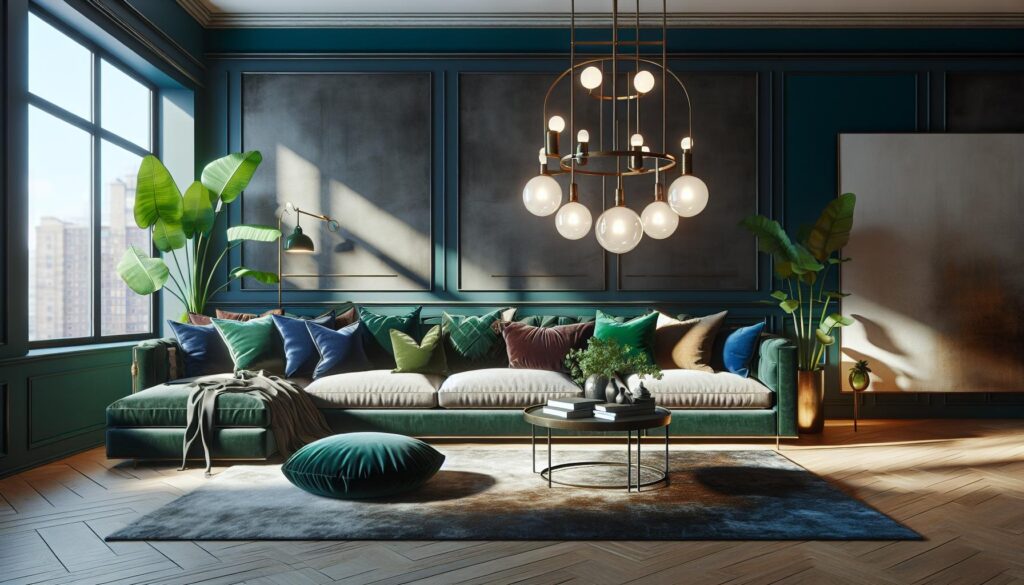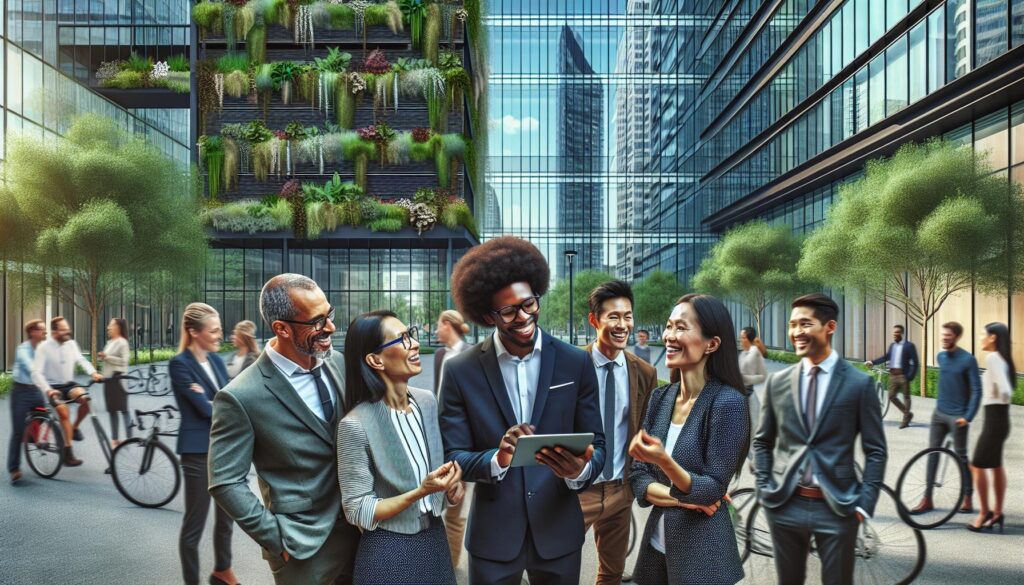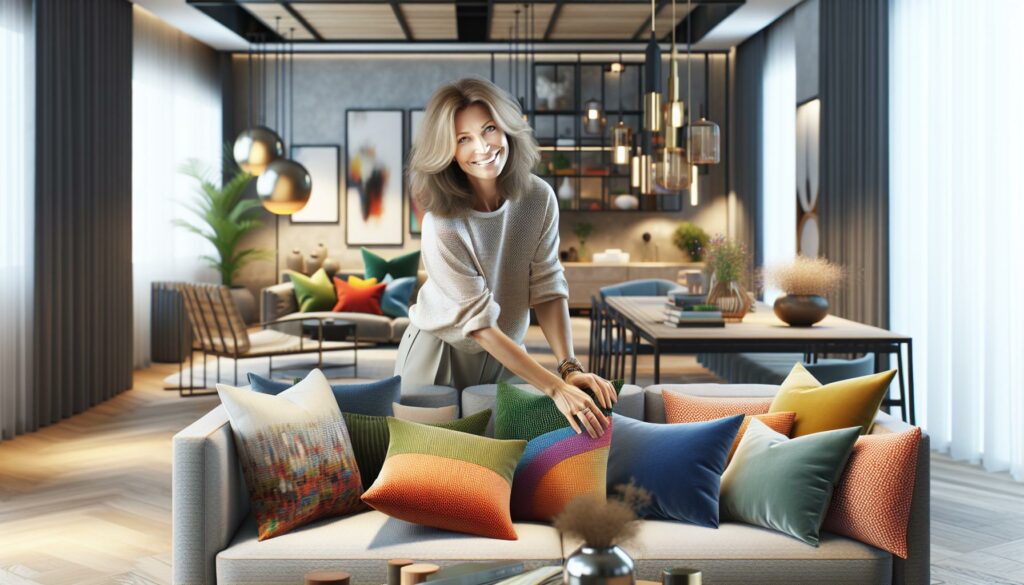In 2018, the world of design took a bold leap into the future, blending innovation with timeless elegance. Architectural Digest showcased trends that had everyone buzzing, from daring color palettes to sustainable materials that even Mother Nature would approve of. If you thought your living room needed a makeover, this was the year to take notes!
Architectural Digest 2018 Trends
Bold colors dominated design choices in 2018, showcasing a departure from muted palettes. Vibrant hues like emerald green and deep blue filled interiors, creating striking focal points. Additionally, the trend of sustainable materials gained momentum, prompting designers to prioritize eco-friendly options. Reclaimed wood, bamboo, and recycled metals became popular choices, reflecting a commitment to environmental responsibility.
Curated spaces emerged, emphasizing personal style and unique collections. Art and décor items were purposefully displayed, transforming rooms into galleries. The incorporation of vintage pieces alongside modern design added depth and character. Similarly, multifunctional furniture gained traction, catering to urban dwellers with limited space. Pieces that offer storage and versatility became essential in contemporary homes.
Texture played a vital role, with designers layering fabrics and finishes to create tactile experiences. Velvet, linen, and leather were frequently combined to enhance visual interest. Natural light solutions stayed crucial, encouraging the use of large windows and open layouts. Daylight illuminated interiors, promoting a sense of airiness.
Furthermore, the trend of biophilia flourished, promoting connections to nature within living spaces. Indoor plants, living walls, and natural materials fostered a calming atmosphere. Statement lighting fixtures also found prominence, serving as artful expressions while providing illumination.
Regional influences surfaced in various designs, reflecting local culture and heritage. Designers sought to incorporate regional materials and craftsmanship, adding authenticity to their work. Collectively, these trends from Architectural Digest highlighted a shift towards personalized, sustainable living spaces that embrace creativity and individuality.
Key Trends in Home Design
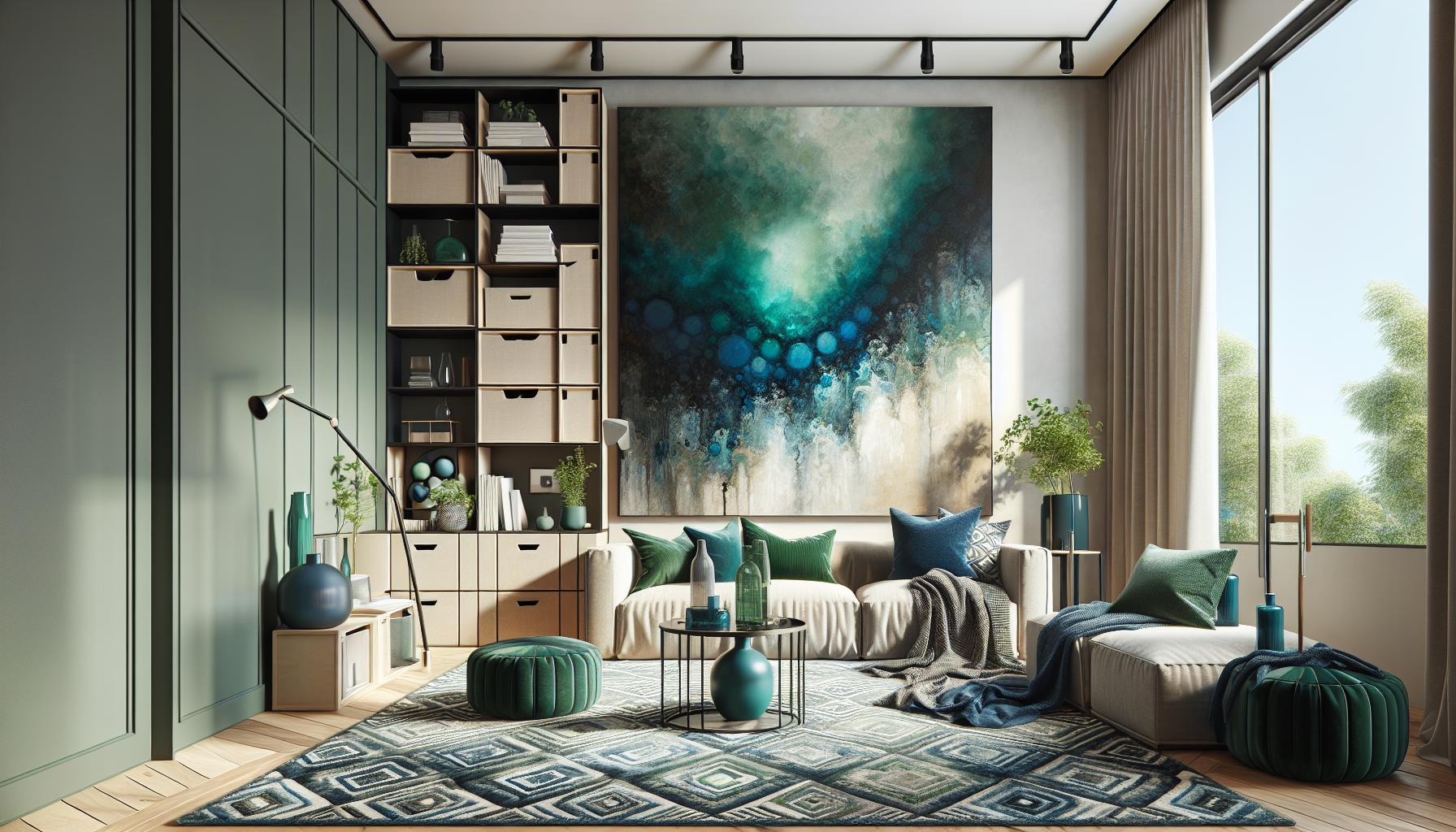
2018 showcased a variety of influential trends in home design, reflecting both innovation and timeless elegance as noted by Architectural Digest.
Minimalism and Functionality
Minimalism emerged as a key focus, emphasizing simplicity and practicality. Designers favored clean lines and uncluttered spaces, which helped create a calming atmosphere. Functionality gained importance, driving the design of spaces that serve multiple purposes. Storage solutions became strategic, ensuring that each item had a dedicated place. The goal involved fostering environments that enhance living quality while reducing distractions. Spaces reflected a thoughtful approach to décor, showcasing only essential items that resonated with personal style.
Bold Colors and Patterns
Bold colors transformed spaces, redefining aesthetic standards. Shades like emerald green and deep blue became popular, offering vibrant contrasts to neutral backgrounds. Patterns gained traction, with intricate designs adding depth and character to rooms. Statement pieces emerged as focal points, drawing attention while reflecting individual taste. Artwork and textiles embraced vivid hues, creating joyful atmospheres. The interplay of colors and patterns fostered engaging environments, encouraging creativity and self-expression in home design.
Innovations in Materials
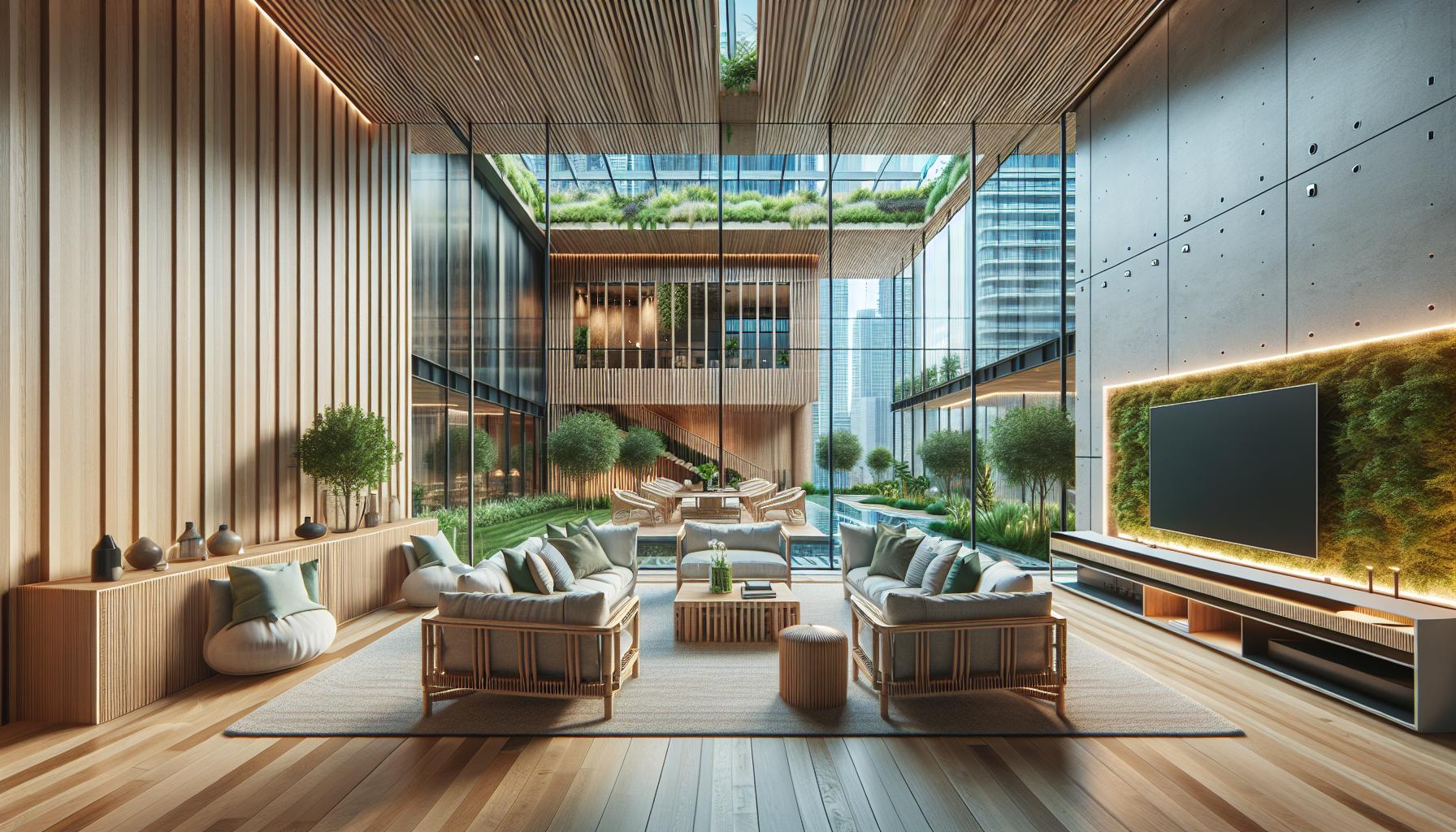
Innovations in materials define the design landscape of 2018, prominently featuring sustainable options and smart technology integration.
Sustainable Architecture
Sustainable architecture continues to gain traction among designers and homeowners alike. Reclaimed wood, bamboo, and recycled metals serve as popular choices, reducing environmental impact while providing aesthetic appeal. These materials not only meet eco-friendly standards but also contribute to unique, character-rich spaces. Numerous projects showcase how sustainability complements luxury, merging modern living with responsible design. Designers increasingly focus on energy efficiency, incorporating solar panels and green roofs, ensuring environmentally conscious choices remain functional. Each element of design now often reflects a commitment to preserving the planet, guiding trends toward sustainability.
Smart Home Technology
Smart home technology integrates seamlessly with architectural innovation. Numerous advancements in this field enhance convenience and efficiency through automated systems for lighting, security, and climate control. These technologies fulfill the needs of urban dwellers by maximizing living space functionality. Voice-activated devices and mobile apps provide intuitive control, promoting an interconnected home environment. Designers increasingly prioritize these features, developing aesthetically pleasing solutions that blend seamlessly into the overall decor. As technology continues to advance, smart home solutions adapt to user preferences, creating personalized living experiences that elevate comfort and efficiency.
Influential Designers of 2018
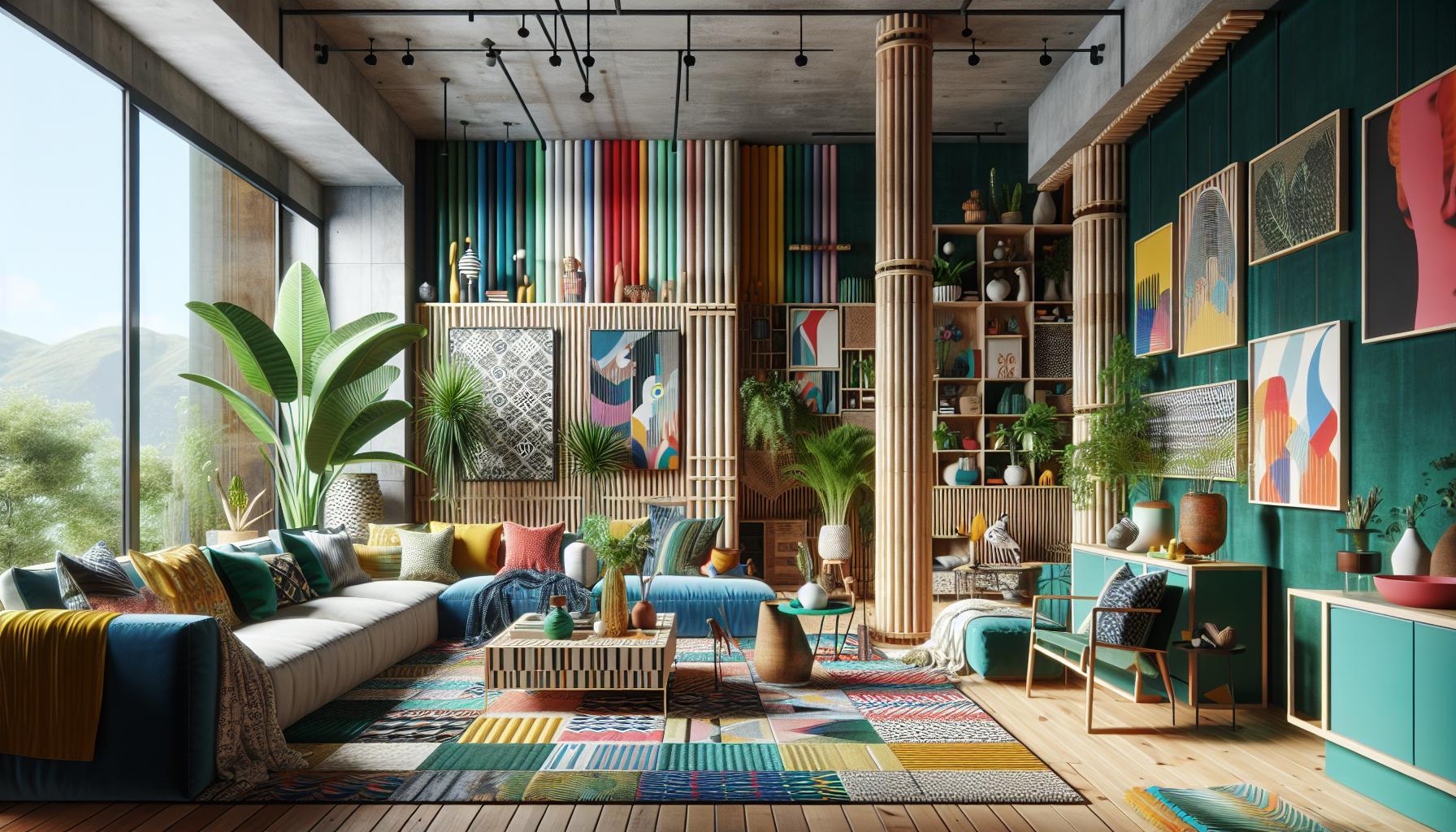
Several designers made significant impacts in 2018 through their innovative approaches and unique styles. Sheila Bridges garnered attention for her bold use of color and pattern, creating spaces that reflect personal narratives. As an advocate for the integration of history in design, her work celebrated cultural stories with vibrant modernity.
Kelly Wearstler stood out for her eclectic aesthetic, combining unexpected textures and finishes. Her designs often feature curated art pieces that bring character to contemporary spaces. Use of geometry and layer effects in her work illustrated how to balance elegance with assertive design.
Jonathan Adler emphasized the importance of playfulness in interiors. His motto, “Joyful design,” resonated with many, influencing homeowners to embrace whims and color. Unique ceramics and lively decor items became staples in his projects, reflecting a commitment to creativity.
In the realm of sustainable design, the work of David Rockwell drew attention. Known for incorporating reclaimed materials, he demonstrated how sustainability could meet luxury. His architecture appealed to environmentally conscious clients seeking stylish yet responsible options.
Marmol Radziner showcased craftsmanship with a focus on the connection between interior and exterior spaces. Emphasizing natural materials and biophilia, their designs fostered harmony with the environment. Use of wood, stone, and plants in their work created inviting atmospheres.
Lastly, Jean-Louis Deniot brought a refined elegance to various projects. His skillful layering of textiles and furniture established a timeless luxury. Mixing modern pieces with vintage finds crafted sophisticated visual narratives that resonated with clientele.
Collectively, these designers influenced 2018 trends, emphasizing bold colors, sustainability, and personalized spaces.
Notable Projects and Installations
Significant projects in 2018 showcased the prominent design trends identified by Architectural Digest. Bold color schemes transformed interiors, with designs highlighting emerald green and deep blue in living spaces. These striking hues not only created focal points but also encouraged unique personal expression through revitalized environments.
Sustainable materials gained traction in various installations, supporting eco-friendly living. Projects focused on reclaimed wood, bamboo, and recycled metals reflected a commitment to the environment while enhancing aesthetic appeal. Innovative uses of these materials reinforced the importance of sustainability in modern architecture.
Curated spaces emerged as a popular trend, blending vintage pieces with contemporary furnishings. Designers created environments that emphasized individual style, leading to the display of personal art collections and meaningful decor. These installations turned rooms into exclusive galleries, inviting visitors to engage with curated experiences.
Texture played a critical role across notable projects. Fabrics like velvet, linen, and leather were layered to enhance depth and visual interest. This approach fostered a rich sensory experience, reflecting a trend toward multi-dimensional design.
Biophilia also influenced several installations, fostering a strong connection to nature. Indoor plants and natural materials integrated seamlessly into designs, creating serene environments that promote well-being. Facilities featured large windows and open layouts, effectively flooding the interiors with natural light.
Furthermore, influential designers made a mark on notable installations. Sheila Bridges utilized bold colors that echoed cultural narratives. Kelly Wearstler’s eclectic aesthetic and David Rockwell’s sustainable luxury designs further exemplified the year’s evolution in design thinking, with each project pointing towards a future where creativity and sustainability take precedence.

